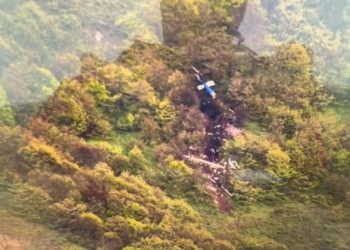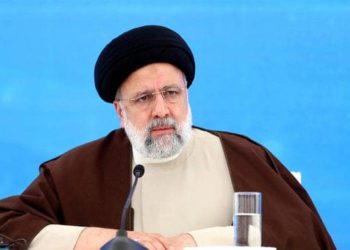The Unsung Carriers of World War 2

When you bring up World War 2 aircraft carriers, automatically everyone starts to think about either American or Japanese fleet carriers that went at it during the Pacific campaign. Maybe someone will bring up the Royal Navy and their carriers that either rained hell on the Italian fleet or hunted down the mighty Bismark. But people forget that there was one type of carrier that was just as important as the larger fleet carriers, though they were not really intended for “Front Line” service.
The Role of Escort Carriers
Escort Carriers (also called Jeep Carriers or “Baby Flat Tops”) were born out of necessity/desperation. As early as the 1930s, the Royal Navy saw a need for aircraft carriers to help protect their many trade routes. But the problem was that no one wanted to use a fast Fleet Carrier to escort slow-moving merchant ships. So they came up with the idea of converting 5 ocean liners into “mini” aircraft carriers whose sole purpose would be to escort merchant vessels if war was to break out.
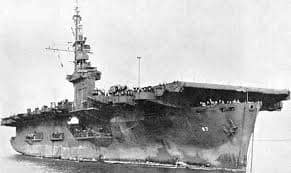
Ironically when war did break out, it was a captured German merchant ship (MV Hannover) which would be converted into one of the first Escort Carriers operated by the Royal Navy, H.M.S. Audacity.
American Innovation and Production
But it would be the Americans who really went all in when it came to designing and building such vessels. Both designing and building several classes of Escort Carriers during the war, a number of which would be transferred to the Royal Navy.
What made the Escort Carriers so successful was the fact that they were designed using merchant ship hull designs. Something many American shipyards were familiar with and could build them at breakneck speeds. The “Casablanca class” escort carriers were made up of 50 ships, while there were 45 vessels of the “Bogue class”. So there were A LOT of them.
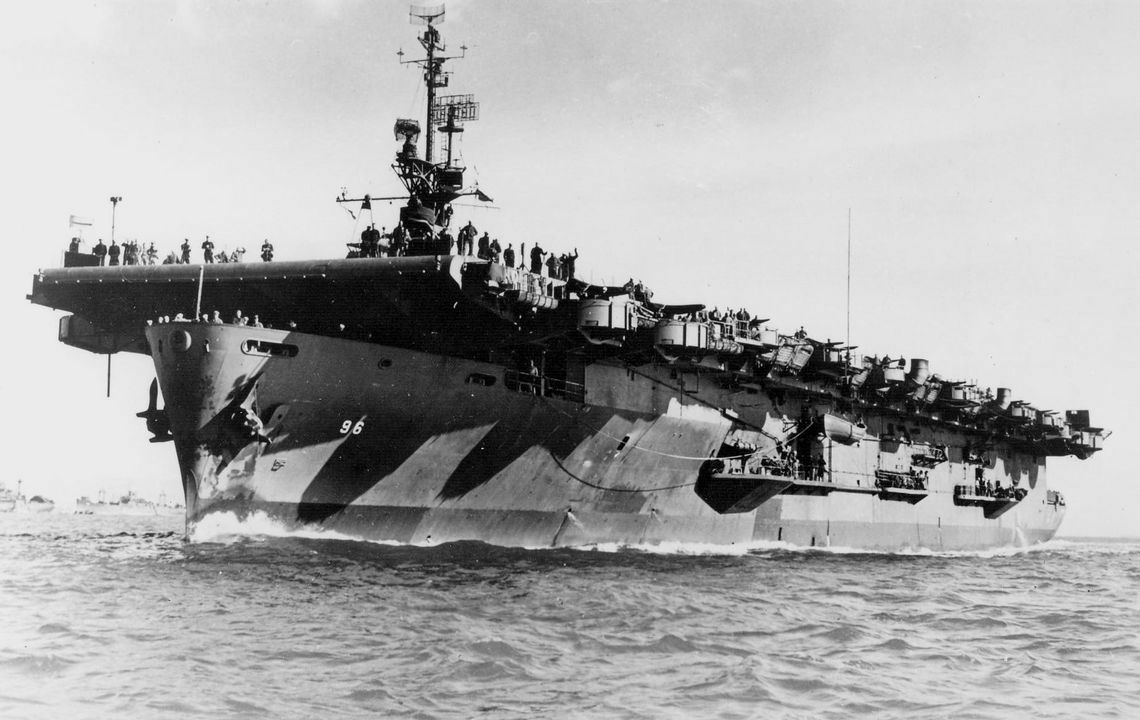
Roles and Adaptability
But like stated before, these vessels were not necessarily meant for front-line service initially. They were rather slow when compared to normal fleet carriers and their small size meant they could carry about a dozen aircraft on average. But they were perfect for escorting convoys, as their small air wings provided air cover. But as the war progressed, the Jeep Carriers soon found themselves taking on other roles.
Some carriers would form part of Anti-Submarine patrol groups, teaming up with Destroyer groups and using their aircraft to locate and attack submarines. In the Pacific, they would be used to provide air support for troops fighting on the ground. While others would be used to ferry aircraft from the U.S. to either Europe or to destinations in the Pacific.
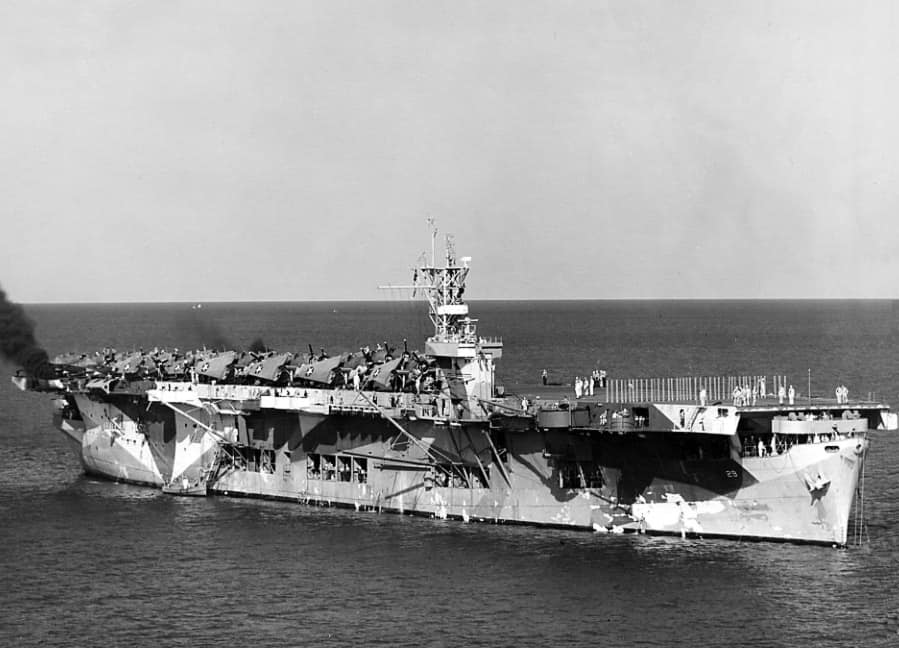
Conclusion
They may not have been as impressive as the larger ships, but it is safe to say that the Escort Carriers really put in the work during the war.
~NC






